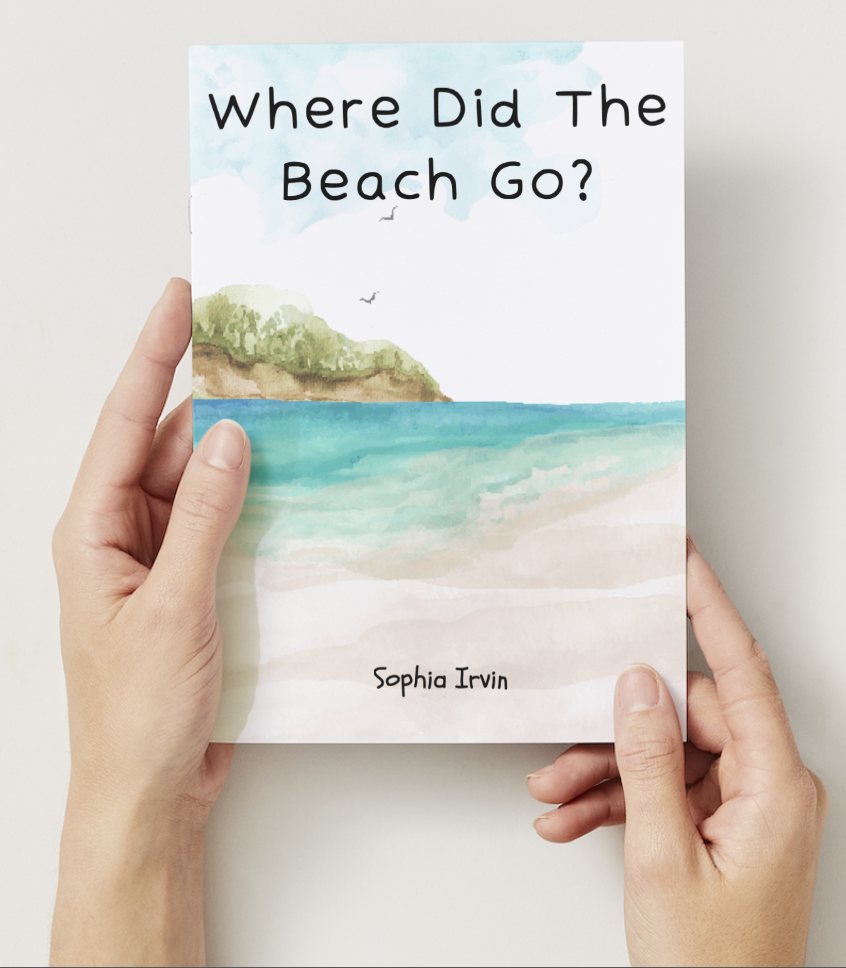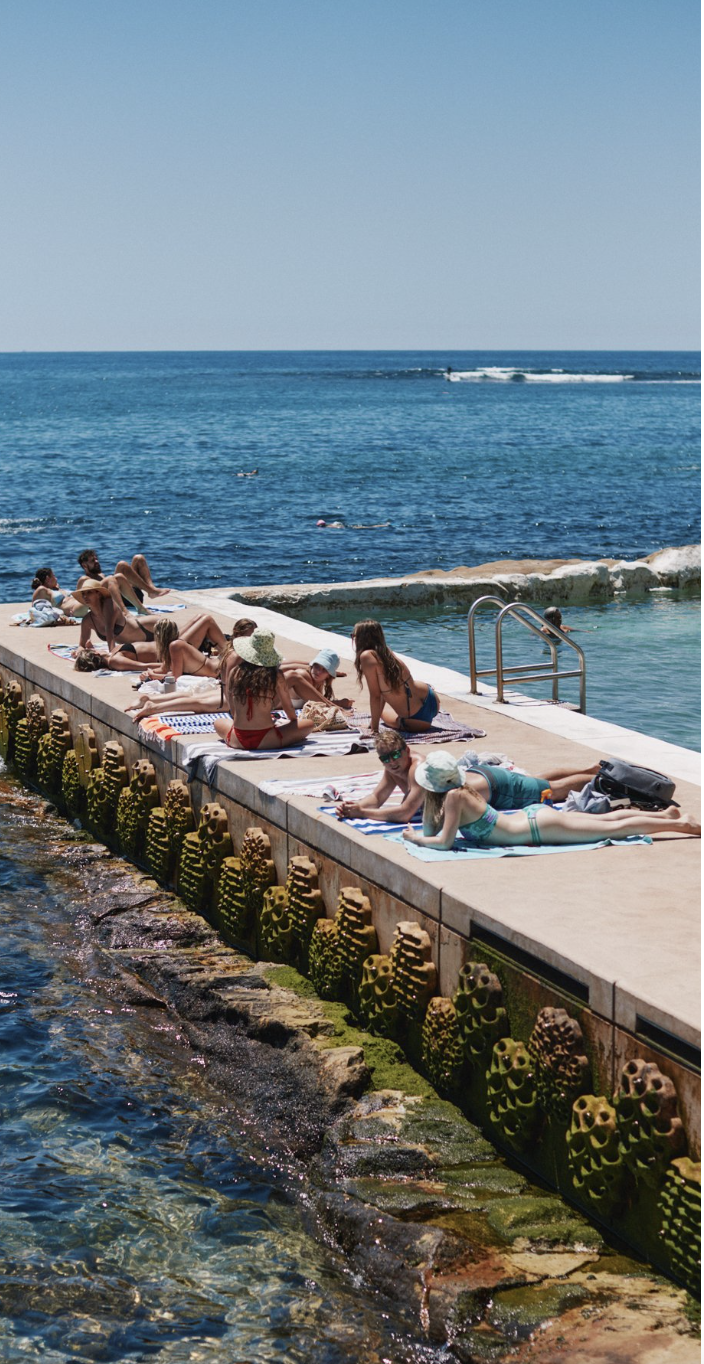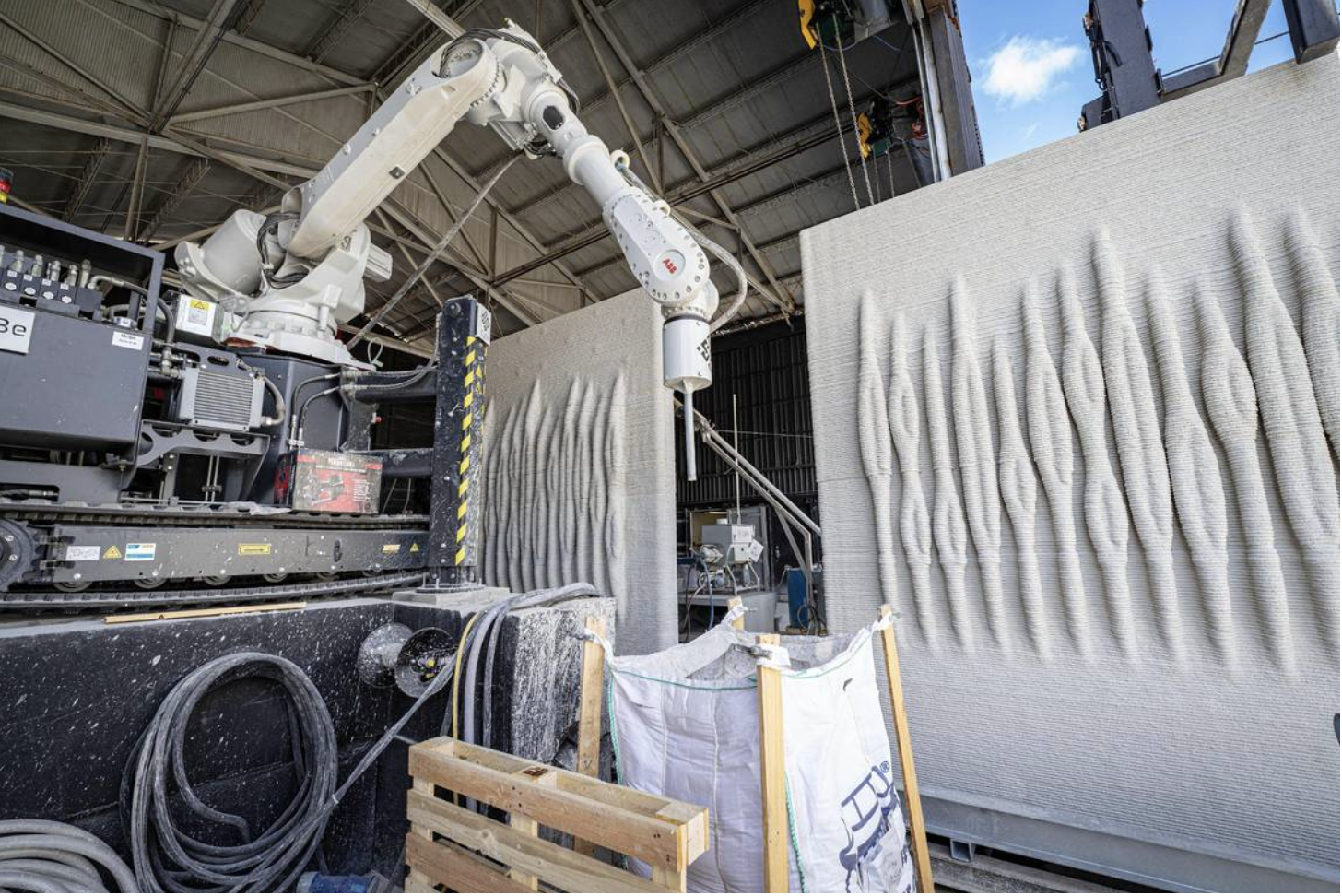MB5350 Multimedia Project TR1 2025
As part of one of my Master’s degree courses, our final project was to create a multimedia project on a controversial topic within marine science. Our project could be any topic deemed controversial, and I chose the topic of Gray versus Green infrastructure for coastline protection. I decided to make a children’s book as part of my multimedia presentation, as well as this page with the science and numbers behind the idea. The booklet was made in Canva, with all illustrations compiled and collaged from the beautiful work of the contributing artists there.
FAQs
What is green infrastructure?
Green infrastructure refers to the strategic use of natural resources and landscapes to conserve ecosystem values and provide benefits to neighboring human populations. Green, sometimes called blue-green infrastructure when referring to specifically water systems, can refer to parks, urban green spaces, wetlands, coastal protection, green roofs, watershed restoration, and more.
What are corals?
Corals are a complex organism system. Coral polyps are invertebrate organisms, roughly the size of a pencil eraser. Hundreds to thousands of individual polyps bond their calcium carbonate skeletons together to form what we know as coral reefs. Hard corals provide the strong, rigid structure of most coral reefs, providing much of the coastal protection provided by coral reefs.
What is gray infrastructure?
Gray infrastructure refers to manmade infrastructure resources, such as water treatment plants, sewer systems, dams, pipelines, levees, bulkheads, and seawalls. Gray infrastructure is entirely human designed and implemented, and often does not consider natural systems in its engineering or use.
What are mangroves?
Mangroves are tropical and subtropical plants that have adapted to periodic or constant submergence in salt water. There are 80 species of mangroves globally, limited by climate, tides, and soil types. Mangroves not only block wind and waves, but trap carbon in their roots under water and sand, making them the world’s largest sink of atmospheric carbon and emissions.
Why is this controversial?
Historically, gray infrastructure has been the primary focus of efforts to lessen storm damage and the effects of regular wave action. Recently, many efforts have been made to investigate the importance of green infrastructure as a way to combat coastal erosion, including green aspects such as mangroves, sea grasses, coral and oyster reefs as well as green/gray hybrids.
While there are many people for the supplementation of natural systems, including restoration or providing scaffolding for coral reef growth for example, as well as hybrid systems, others believe that gray solutions for coastal protection are cheaper, safer, and quicker to see success with. Those living in major coastal cities want to see quick, effective protection from sea level rise and storms, with gray systems that have cheaper sticker prices than green infrastructure which often struggles to get funding.
Stakeholders
-

LOCALS
Locals may be pro green or gray, but for the most part want to see quick action and protection against storms and waves. They lean towards gray infrastructure.
-

Government
Government entities such as local governments and military support gray infrastructure, it is often cheaper and easier to provide funding for than green alternatives.
-

REAL ESTATE DEVELOPERS
Real estate developers want visible protection to offer clients and for investments. They favor gray infrastructure as it provides the most safety for them and their clients.
-

SCIENTISTS
Scientists are supportive of green and hybrid approaches. They are in favor of long-term resilience, supporting biodiversity, and argue that gray infrastructure causes ecosystem harm.
-

COASTAL ENGINEERS
Coastal engineers are now supportive of green infrastructure and hybrid approaches for longterm and adaptive planning and research. Urban engineers may favor gray infrastructure.
-

Ecologists
Ecologists favor green systems or hybrid approaches, these support the natural landscape and do not impede on ecosystem function. These systems are often cheaper in the long run as well.
oUTLOOK?
Installation site for 3d printed living seawalls in Sydney, NSW. (Reef Design, 2025)Many stakeholders are beginning to support a mixed gray-green approach to coastal protection, as well as the “greening of gray” which involves bringing green aspects to established gray infrastructure.
In South Florida and Australia, some companies have ventured into 3D printing “living seawalls.” Many people are familiar with the concept of green walls in urban settings, where plants are grown on vertical surfaces in urban areas where space is limited. This is often used for urban farming or in homes, or in larger venues combined with green rooftops for offsetting carbon and adding green area to otherwise stark zones. Now, this concept is being used for coastal protection.
Kind Designs "Living Seawall" rendering. (Kind Designs, 2025)Companies such as Kind Designs (Florida, USA) and Reef Design Lab (Sydney, NSW) have started using 3D printing to create a green-gray approach to coastal protection. Reef Design Lab has created tiles, which are printed and then affixed to already existing seawalls and groynes to encourage the growth of organisms such as corals, oysters, seagrasses, and algae. Kind Designs not only prints similar tiles (“Kind Tiles”), they also print “Living Seawalls” which take the place of traditional concrete seawalls. They have built in tiles and texture that allows for organism growth. Kind Designs additionally creates artificial reefs, as scaffolding for reef growth and mangrove planters. Their living seawalls are already in use in residential settings after undergoing testing at the University of Miami hurricane simulation lab.
Research around the world supports a green-gray approach to coastal protection going forward. As hazards and climates change with increasing speed, supplementing and aiding natural protections seems to be the best course of action (1, 2, 4, 5, 6, 10, 14). Around the world,
Living Seawalls by UNSW (UNSW, 2024)
3D printed settlement tiles awaiting placement in Sunshine Coast, QLD. (Sunshine Coast Council, 2024)Kind Designs "Living Seawall" being 3d printed in preparation for installation at a residential home in Miami Beach, FL, USA. (Miami Herald, 2025). Resources
A cutting-edge seawall design debuts in Miami | Miami Herald. (n.d.). Retrieved April 7, 2025, from https://www.miamiherald.com/news/local/environment/climate-change/article298269808.html
Amini, E., Marsooli, R., Moazeni, S., & Ayyub, B. M. (2025). Hybrid vegetation-seawall coastal systems for wave hazard reduction: analytics for cost-effective design from optimized features. Npj Natural Hazards 2025 2:1, 2(1), 1–19. https://doi.org/10.1038/s44304-025-00070-x
Bruins, J., Corwin, E., Pangilinan, J., Pidgeon, E., Taylor, S., & Ng, K. (2019). Building Coastal Resilience for Disaster Risk Reduction and Climate Change Adaptation through Green-Gray Infrastructure. International Conference on Sustainable Infrastructure 2019: Leading Resilient Communities through the 21st Century - Proceedings of the International Conference on Sustainable Infrastructure 2019, 78–88. https://doi.org/10.1061/9780784482650.009
Firth, L. B., Bone, J., Bartholomew, A., Bishop, M. J., Bugnot, A., Bulleri, F., Chee, S. Y., Claassens, L., Dafforn, K. A., Fairchild, T. P., Hall, A. E., Hanley, M. E., Komyakova, V., Lemasson, A. J., Loke, L. H. L., Mayer-Pinto, M., Morris, R., Naylor, L., Perkins, M. J., … Knights, A. M. (2024). Coastal greening of grey infrastructure: An update on the state of the art. Proceedings of the Institution of Civil Engineers: Maritime Engineering, 177(2), 35–67. https://doi.org/10.1680/JMAEN.2023.003/ASSET/IMAGES/SMALL/JMAEN.2023.003-F7.GIF
Introduction to green infrastructure and grey infrastructure - Canada WaterPortal. (n.d.). Retrieved April 6, 2025, from https://waterportal.ca/green-vs-grey-infrastructure/
KindDesigns. (n.d.). Retrieved April 7, 2025, from https://www.kinddesigns.com/
Kuwae, T., & Crooks, S. (2021). Linking climate change mitigation and adaptation through coastal green–gray infrastructure: a perspective. Coastal Engineering Journal, 63(3), 188–199. https://doi.org/10.1080/21664250.2021.1935581
Lamond, J., & Everett, G. (2019). Sustainable Blue-Green Infrastructure: A social practice approach to understanding community preferences and stewardship. Landscape and Urban Planning, 191, 103639. https://doi.org/10.1016/J.LANDURBPLAN.2019.103639
Lin, B. B., Meyers, J. A., & Barnett, G. B. (2019). Establishing a national agenda for urban green infrastructure. Urban Policy and Research, 37(1), 30–44. https://doi.org/10.1080/08111146.2018.1523054
Living Seawalls | REEF DESIGN LAB. (n.d.). Retrieved April 7, 2025, from https://www.reefdesignlab.com/living-seawalls
Morris, R. L., Fest, B., Stokes, D., Jenkins, C., & Swearer, S. E. (2023). The coastal protection and blue carbon benefits of hybrid mangrove living shorelines. Journal of Environmental Management, 331, 117310. https://doi.org/10.1016/J.JENVMAN.2023.117310
Morris, R. L., Konlechner, T. M., Ghisalberti, M., & Swearer, S. E. (2018). From grey to green: Efficacy of eco-engineering solutions for nature-based coastal defence. Global Change Biology, 24(5), 1827–1842. https://doi.org/10.1111/GCB.14063
New ‘living seawall’ to help protect popular foreshore | Sunshine Coast Council. (n.d.). Retrieved April 7, 2025, from https://www.sunshinecoast.qld.gov.au/news/new-living-seawall-to-help-protect-popular-foreshore
Omori, Y. (2021). Preference Heterogeneity of Coastal Gray, Green, and Hybrid Infrastructure against Sea-Level Rise: A Choice Experiment Application in Japan. Sustainability 2021, Vol. 13, Page 8927, 13(16), 8927. https://doi.org/10.3390/SU13168927
Pan, S. Y., Gao, M., Kim, H., Shah, K. J., Pei, S. L., & Chiang, P. C. (2018). Advances and challenges in sustainable tourism toward a green economy. Science of the Total Environment, 635, 452–469. https://doi.org/10.1016/j.scitotenv.2018.04.134
Ruckelshaus, M. H., Guannel, G., Arkema, K., Verutes, G., Griffin, R., Guerry, A., Silver, J., Faries, J., Brenner, J., & Rosenthal, A. (2016). Evaluating the Benefits of Green Infrastructure for Coastal Areas: Location, Location, Location. Coastal Management, 44(5), 504–516. https://doi.org/10.1080/08920753.2016.1208882Singhvi, A., Luijendijk, A. P., & van Oudenhoven, A. P. E. (2022). The grey – green spectrum: A review of coastal protection interventions. Journal of Environmental Management, 311, 114824. https://doi.org/10.1016/J.JENVMAN.2022.114824
Smart Seawall Technologies creates wave-absorbing technology to combat rising sea levels | The Invading Sea. (n.d.). Retrieved April 7, 2025, from https://www.theinvadingsea.com/2024/05/08/smart-seawall-technologies-sea-level-rise-climate-tech-fort-lauderdale-marine-research-hub/
US Department of Commerce, N. O. and A. A. (n.d.). Coastal Pollution Tutorial: NOAA’s National Ocean Service Education.
Waryszak, P., Gavoille, A., Whitt, A. A., Kelvin, J., & Macreadie, P. I. (2021). Combining gray and green infrastructure to improve coastal resilience: lessons learnt from hybrid flood defenses. Coastal Engineering Journal, 63(3), 335–350. https://doi.org/10.1080/21664250.2021.1920278
What is Blue-Green Infrastructure? | NatureScot. (n.d.). Retrieved April 6, 2025, from https://www.nature.scot/funding-and-projects/green-infrastructure-strategic-intervention/what-blue-green-infrastructure
What is grey infrastructure? - Sustainable Asset Valuation (SAVi). (n.d.). Retrieved April 6, 2025, from https://www.iisd.org/savi/faq/what-is-grey-infrastructure/
What is a Mangrove? | Florida Department of Environmental Protection. (n.d.). Retrieved April 6, 2025, from https://floridadep.gov/water/submerged-lands-environmental-resources-coordination/content/what-mangrove



























